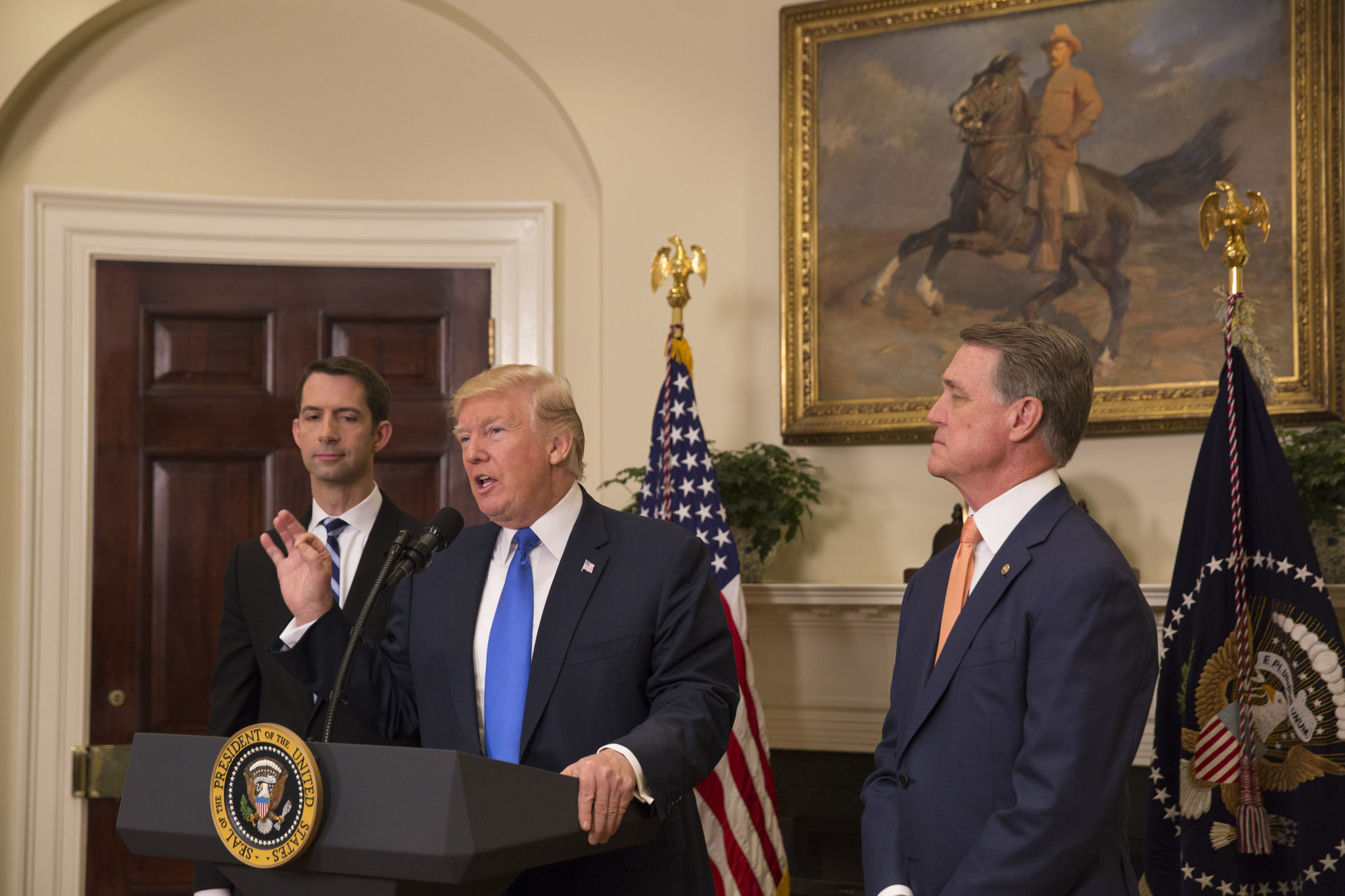Robert Romano: Donald Trump’s Debt Ceiling Leverage
The president needs to remember the “Art of the Deal” in negotiating with Washington politicians …
By ROBERT ROMANO || President Donald Trump bought himself and Congress more time to deal with the na
